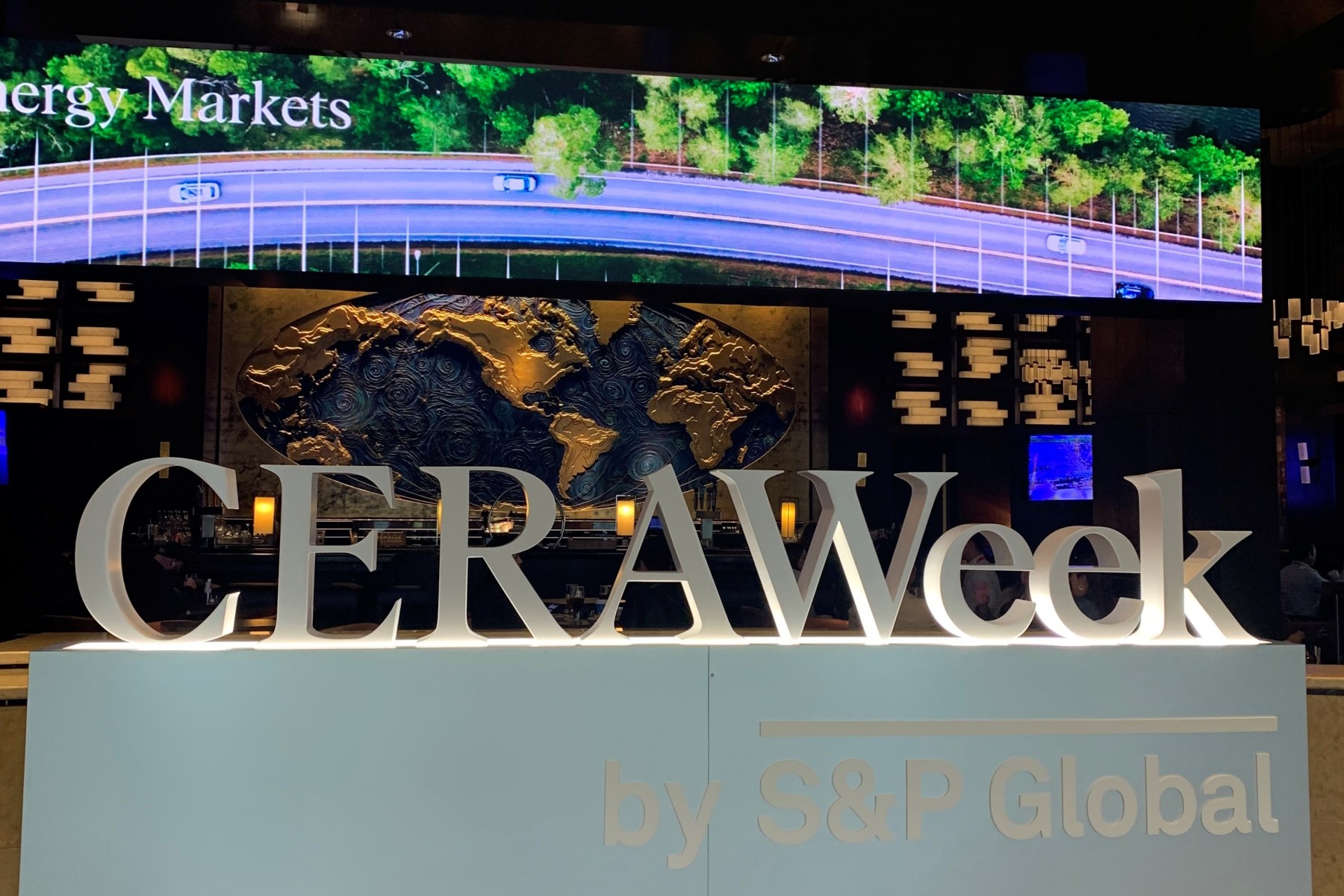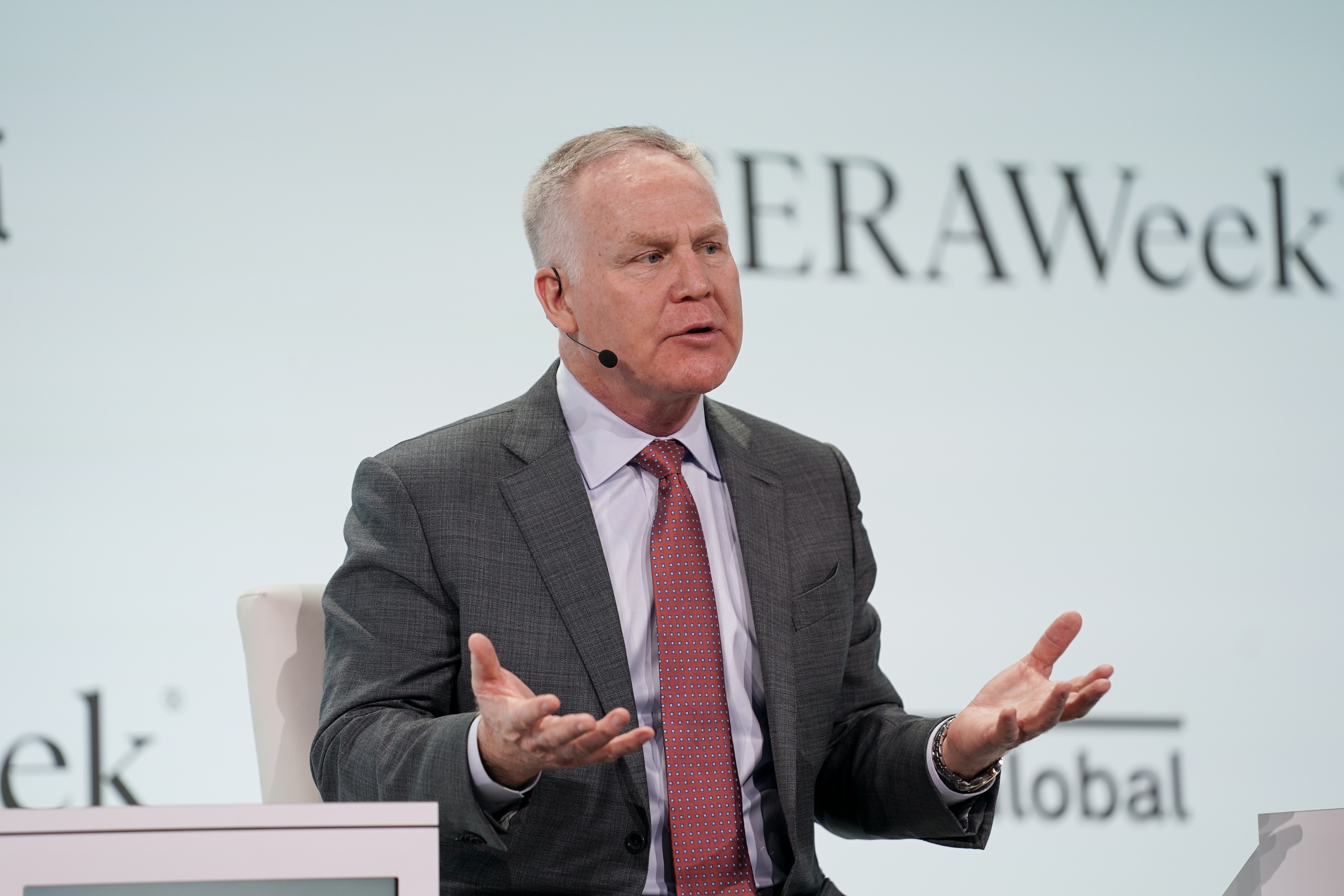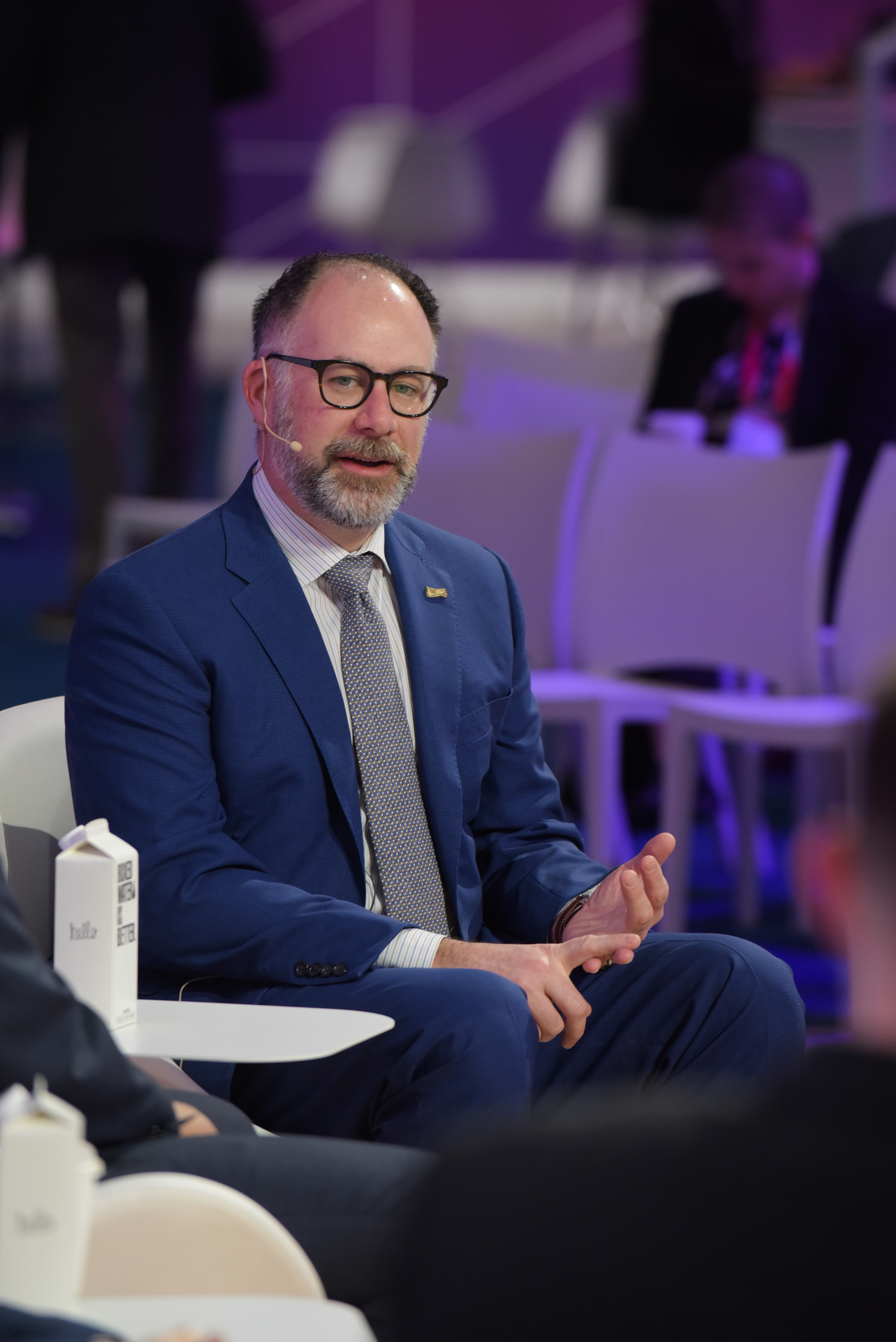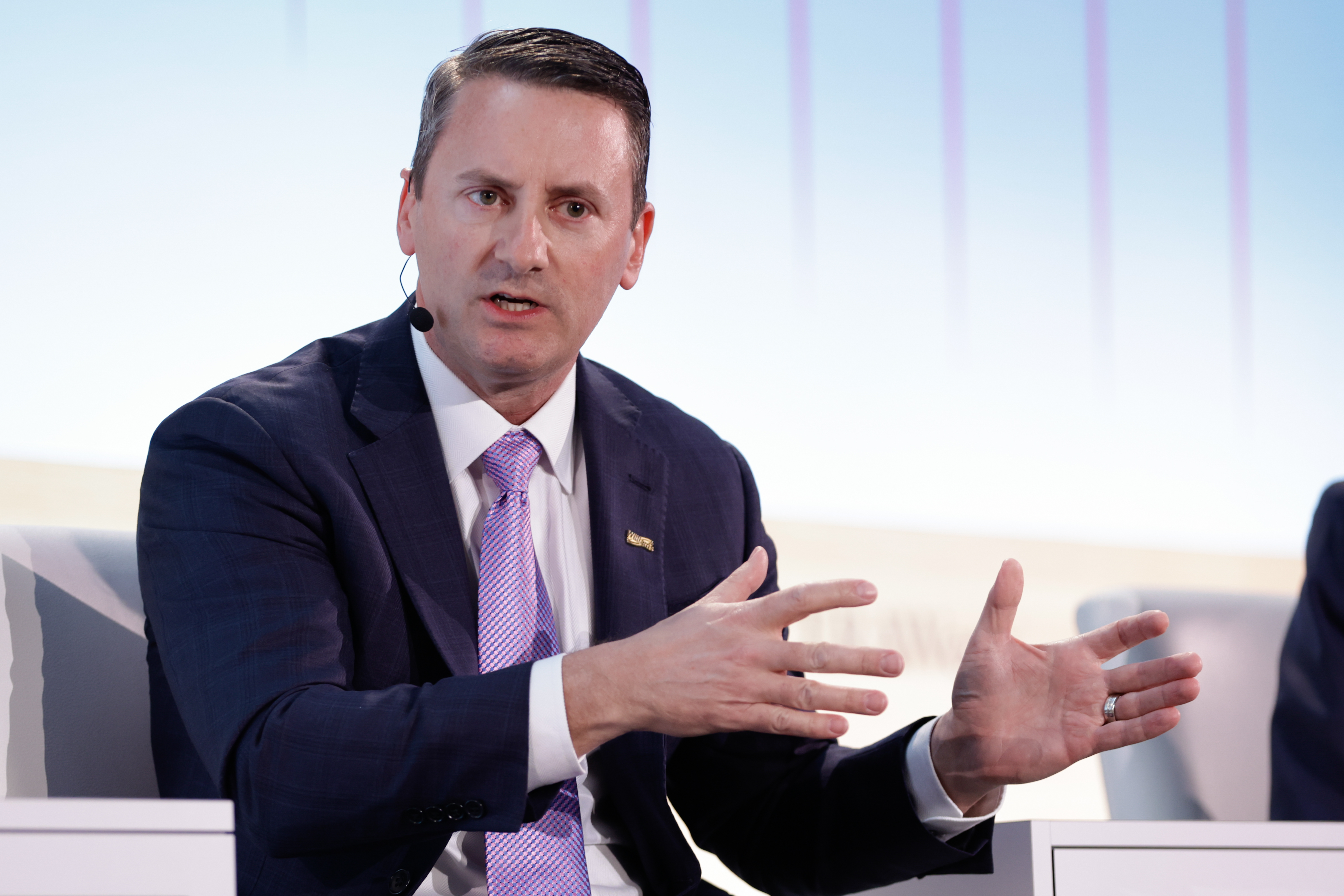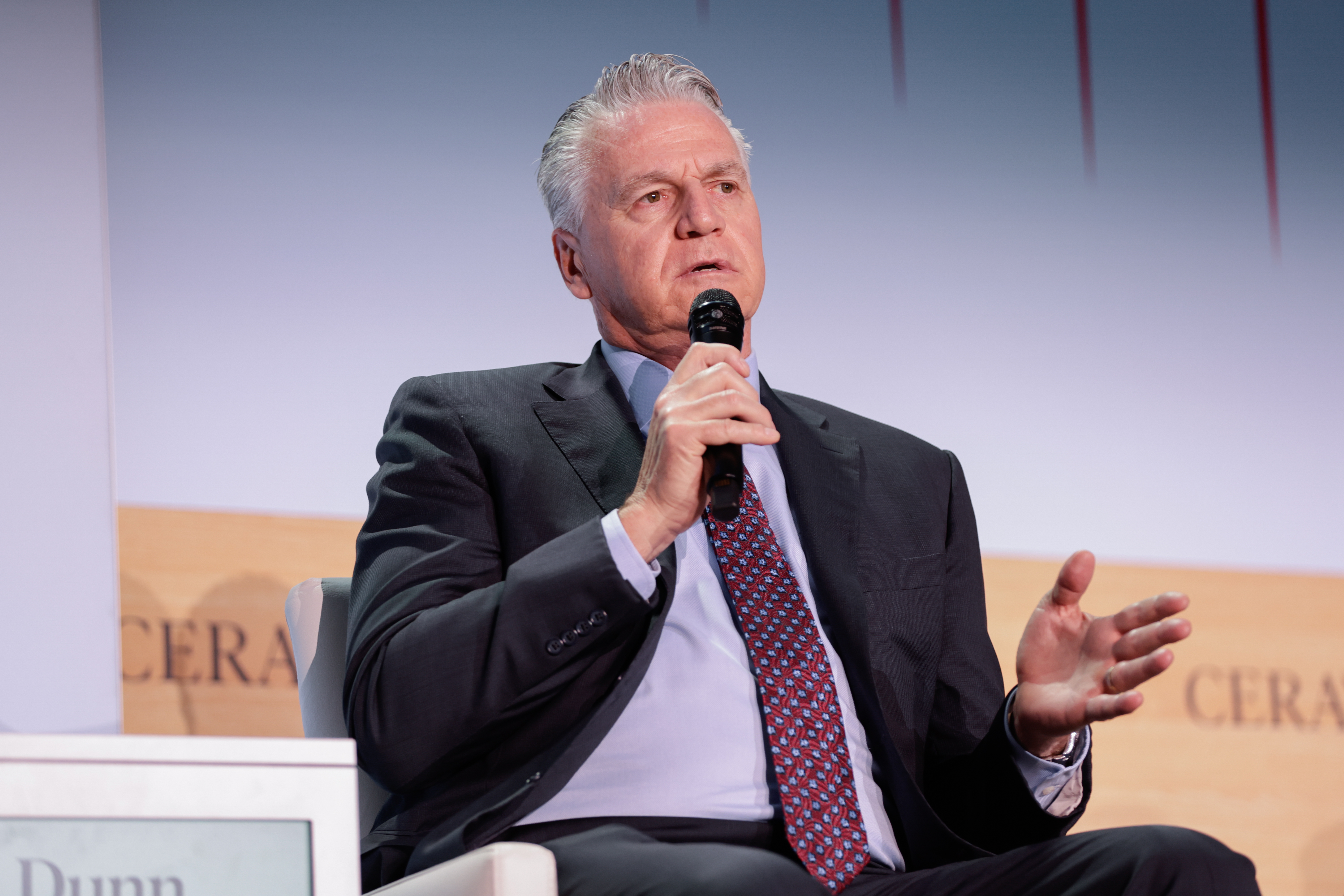AI, LNG and permitting reform headline heavyweight event
AI and data center growth, LNG, emissions reductions and infrastructure constraints were key topics discussed by Williams executives at CERAWeek, the annual gathering of the world’s most influential energy leaders happening in Houston.
Power-intensive data centers already are straining the electric grid, but that surging demand can be reliably met by abundant natural gas, said President and CEO Alan Armstrong.
He said electric load from data centers, which power AI and crypto mining, is going to grow threefold by 2030.
“We’re the conduit for getting those gas supplies in there, for the power generation,” Armstrong told CNBC in a CERAWeek interview. “We’re doing renewables as fast as we possibly can, but those are not keeping up with the incremental demand that we’re seeing now for power generation, for AI.”
Some of Williams’ largest utility customers are seeing significant load growth projections.
Chad Zamarin, Executive VP of Corporate Strategic Development, told Natural Gas Intelligence that utilities are “recognizing that they both need additional natural gas pipeline and storage capacity to support electrification – and the volatility that comes with needing to support renewables” as an intermittent load.”
Natural gas not only supports these domestic needs but is key to meeting global demand through exports of LNG, a powerful decarbonization tool to replace coal use.
Photos are courtesy of CERAWeek
“Natural gas is such a powerful tool in this environment,” Armstrong said. “It can reduce emissions dramatically.”
Still infrastructure constraints are hurting decarbonization efforts both here and abroad, despite abundant sources of natural gas and rising demand.
Over the past 10 years, U.S. natural gas demand grew by 43% while interstate transmission capacity only increased by 25% and natural gas storage deliverability capacity barely budged with 2% growth.
“That is showing up as big differentials between locations,” Armstrong said. “Places like Boston are now burning trash for their power generation, burning fuel oil, resorting to coal.”
Permitting reform to streamline and identify clear processes and authorities needs to take place in order to expand infrastructure effectively to meet demand both domestically and globally, said Chief Operating Officer Micheal Dunn from CERAWeek.
“When you think about the energy transition, it’s about creating energy with a lower carbon footprint,” Dunn said. “Natural gas is an affordable, reliable and available solution. We can continue to do this for the rest of world through U.S. LNG. We need to continue to build infrastructure so the county and world can continue to decarbonize.”
He said reform would also need to address the issue of states weaponizing the process for Section 401 water quality certifications. Many gas projects have been stopped because of 401 certifications even “when you have an environmental impact statement that says this project will not impact the environment. That needs to get fixed.”
Mark Gebbia, VP of Environmental, Permitting and Regulatory, said he welcomes consistency in regulations, along with incentives to further reduce emissions.
“Regulation is very important to getting us on the pathway to reducing methane emissions across the oil and gas industry in the U.S.,” he said. “It’s the concept that the tide is going to rise all boats together.”
Zamarin said he was pleased that Williams could share at CERAWeek how natural gas is “an incredibly important part of the energy solution for the future.”
“There’s been greater recognition of the need for natural gas, helping us support renewables and decarbonize by displacing other fuels here and around the world,” he said. “We’ve seen the emerging solutions that at scale will be most impactful and what’s great for Williams is that we are right in the middle of these solutions.”
